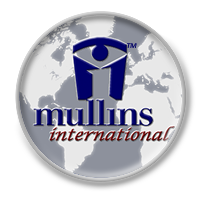Localización de sitios web
Click on the menu links below for specific answers to common international business problems, or click on the menu items above for explanations of the services we provide.
Translation ≠ Localization
Although translation of a website into a foreign language is usually the major difference with websites modified for local markets, "localization" involves more attention to the needs of the local market. For example, if a website contains current news updates, American websites would provide news about the US national election campaign or perhaps famous entertainers from Hollywood; but a website for the German market may display events surrounding the Euro currency crisis or perhaps weather forecasts for the Mediterranean, a popular destination for Germans in the summer.
Color
Another feature of a localized website may be use of different colors. Commonly used colors invoke patriotism and national pride so they frequently contain colors of the national flag. For example, websites targeting an American audience will commonly use primary colors especially blue and red, as well as white. A Chinese website may display an all-red background and yellow text.
Menu Items
Any link, especially menu items, needs to accommodate the text of the foreign languages used in the website.
Text Links
Whether you read French, German or Spanish, click on the flags above to view the webpages in these other languages. Pay particular attention to the text links in the menus at the top of the page above and below the header. You will notice the amount of space for the English is generally less than the space required for the translations.
Graphic Links with Text
Go to the home page of this website and click between the different languages. Notice how the text links around the logo change in size from one language to another. Therefore, in the design process, the graphic designer should have examples of the translations to create graphics of the right size.
